The mining industry in general is a hazardous one and all manufacturing plants, including a steel plant, come with their own hazards.

It is found that Indian mines have considerably higher accident and fatality rates compared to those in the US and South Africa. Because of the unique dangers in mining operations, workers need extensive safety training, Ranjit Ravindran, Business Head, Mining & Construction Equipment, Voltas Limited, tells Ritwik Sinha. Excerpts from an interview:
Safety is monitored at the highest level of management to provide impetus on inculcating safety awareness and improving human behaviour towards safety. Safety is discussed as the first item in all appropriate forums, and directions are issued for adoption of all requisite measures to bring continuous improvement in safety standards. And yet, as per sources, the fatality rate in the steel sector is one of the highest in the world, around 50 in a year. Why is it that despite being accorded the status of one of the highest priority areas in the management, safety somehow loses its importance in India at the plant/mine level?
The mining industry is known worldwide for its highly risky and hazardous working environment. Technological advancement in ore extraction techniques for enhancing of production levels has caused further concern for safety in this industry. Research so far in the area of safety has revealed that the majority of incidents in hazardous industries takes place because of human error, the control of which would enhance safety levels in working sites to a considerable extent.
Diese Geschichte stammt aus der March 2019-Ausgabe von Steel Insights.
Starten Sie Ihre 7-tägige kostenlose Testversion von Magzter GOLD, um auf Tausende kuratierte Premium-Storys sowie über 8.000 Zeitschriften und Zeitungen zuzugreifen.
Bereits Abonnent ? Anmelden
Diese Geschichte stammt aus der March 2019-Ausgabe von Steel Insights.
Starten Sie Ihre 7-tägige kostenlose Testversion von Magzter GOLD, um auf Tausende kuratierte Premium-Storys sowie über 8.000 Zeitschriften und Zeitungen zuzugreifen.
Bereits Abonnent? Anmelden
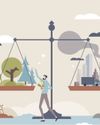
Steel's Net Zero mission
The country’s commitment to achieving Net Zero within a targeted timeframe will now propel its steel sector towards a sustainable future in line with global trends.
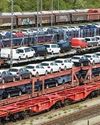
Fuel Price Hike, Supply Chain Disruption Hurt Festive Sales
Supply chain disruptions and fuel price hikes have hurt festive sales in a big way as most auto majors posted decline in sales in October.
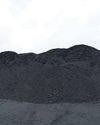
Seaborne coking coal offers remain range-bound
Seaborne coking coal offers moved in a narrow range in October amid global supply tightness and healthy spot demand.
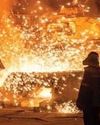
Global crude steel output down 8% in September
China manufactured 74 mt in September, fall of 21% y-o-y while India’s production went up by 7% to 10 mt.
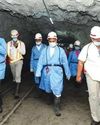
MOIL embarks on expansion projects
“Even though our country is blessed with manganese ore reserves, we import 50% of the domestic requirement. We have to lower our import dependence and save precious foreign exchange.” Ram Chandra Prasad Singh, Steel Minister

Iron ore handled by major ports down 17% in H1
The 12 major Indian ports handled 27 mt of iron-ore during H1 of 2021, down by 17% from 33 mt recorded for the corresponding period of previous year.

Shrinking China output to boost India exports
“In the third quarter of 2021, the company actively responded to the pressure from external policies, such as production curtailment and dual control system on energy consumption and intensity, as well as coal resource shortage and surging prices.” Baoshan Iron and Steel Co Ltd

Indian Railways' iron-ore handling up 25% in H1
Indian Railways in April-September of 2021 (H1) transported 84 mt of iron ore, up by 25% over 67 mt during April-September 2020.
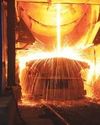
September crude steel production up 7.2% y-o-y
India’s crude steel production in September 2021 grew 7.2 percent to 9.547 million tons (mt) over September 2020 but was down by 3.2 percent from August 2021 output, provisional steel ministry data showed.

“Five enablers: way forward to sustainable cleaner steel”
Right and scalable technology, appropriate policy guidance by government, access to finance to fund transition, willingness of customers to pay for cleaner products and infrastructure for use of new technologies are the need of the hour for the sustainable and cleaner steel industry, according to Madhulika Sharma, Chief Corporate Sustainability, Tata Steel.